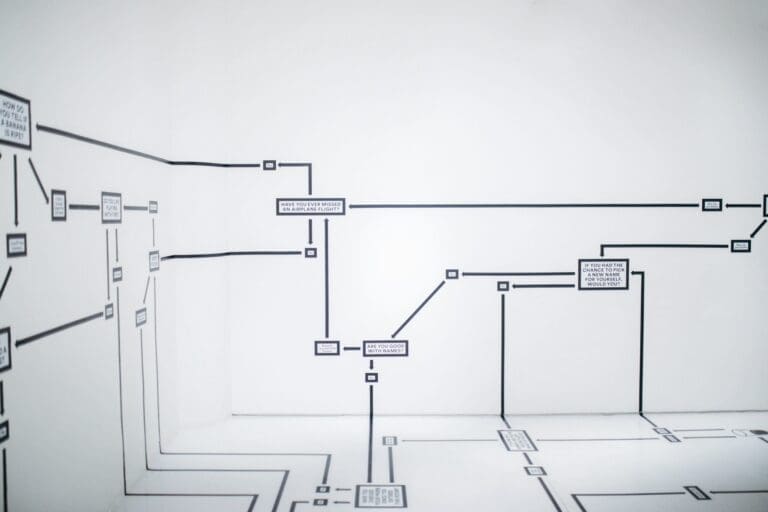Read on to learn about the most common issues encountered when working with backups.
These days, backups are a key feature of any IT infrastructure.
Organising and managing them correctly can be something of an art, but on top of that, it’s also something that tends not to receive the attention it deserves. Planning backups properly takes time, and time is often something that sysadmins rarely have. But with proper planning, you’ll be able to avoid the most common pitfalls and ensure that you have healthy, functional backups.
In this article, we’re going to list the most common problems that people suffer with backups and suggest ways to prevent them. Or at least make them less of an inconvenience.
The most common problems that we’ve identified are:
- A lack of strategy or planning
- Not checking backups
- Not testing recovery procedures
- A lack of retention planning
- Not planning for scalability
Now, let’s look at each of these in more detail.
A lack of strategy or planning
For many people, day-to-day tasks are more than enough to eat up all our available time, and it’s not uncommon to find ourselves then caught in a tussle between urgent and important things. It happens more than it should, both at work and in our personal lives. But maybe we should just accept that we need to prioritise the really important things, and that goes for backups too.
Not having a defined backup strategy is a huge mistake that will come back to bite you, and it’s bitten many people at one point or another. But the worst thing is, it can also lead to a real nightmare situation that you are likely never to forget.
As with all important matters, time should be dedicated to planning. That means finding a window in your calendar, closing the office door, and calmly planning your backup strategy. But once it’s done, you should revisit it as often as necessary. If you do this, when disaster strikes, you will be fully prepared.
Not checking backups or testing recovery procedures
Another of the most common issues with backups is that people don’t check the backups that they’ve made. I don’t just mean checking that they’ve been saved correctly; I mean checking that they’re actually fit for purpose and can be used to recover a machine.
This means checking that, where backups have been made, there are no alerts or error messages. You can do this simply by reviewing the backup system log in Veritas, Microsoft System Center Data Protection Manager or whichever backup software it is that you use.
However, just because the log says everything’s fine doesn’t mean that’s true. This means that you also need to practise recovering your backups. This doesn’t just check that your backups are OK, it also checks that your team is capable of following the recovery procedure correctly.
Lack of retention planning
Retention policies are another thing that many companies overlook. They dedicate time to identifying critical systems, scheduling backups and carrying out checks, but then, they don’t bother deciding how long they’re going to retain their backups! To plan this properly, you need to consider the requirements of your services and servers and also take into account any regulatory requirements that your company needs to comply with.
Each backup you create is going to take up valuable storage space. This means that, over time, the amount of space your backups take up is going to grow exponentially. So, how much storage you need will largely depend on what your retention policy is going to be.
Not planning your backup retention properly could mean that you eventually end up using all your available space, and then you won’t be able to create any new backups!
The simple way to solve this problem is proper planning. Once again, close the office door and dedicate some time to creating a suitable retention policy.
Not planning for scalability
If your business grows, you may find yourself in a sticky situation one day: you can’t add any more services to your backup because you haven’t got enough storage space. When this happens, you will need to add more storage, cabinets, disks etc.
This is something that small businesses in particular need to take into consideration. If you’re experiencing significant growth, you don’t want to be caught short. A lack of storage capacity could mean that you can no longer backup critical data.
A lack of scalability can be caused by numerous factors. The most common ones are a lack of money (yeah, that old problem), a lack of planning, storage structures that don’t allow for future growth and, lastly, hardware limitations.
Summary
As you can see, the most common issues with backups can be a real pain in the neck, and they can become a real nightmare if they’re not addressed properly. There are a number of factors to take into consideration when planning your backups, and it’s important not to ignore them just because they’re difficult or time-consuming. You might seriously regret it.
If you would like to learn more about disaster recovery, backups and other related topics, check out these articles:
- The 5 Most Common Causes of Data Loss in SMEs
- Why Is Disaster Recovery Planning Such a Headache?
- The 3, 2, 1 Backup Strategy
Thanks for reading!











